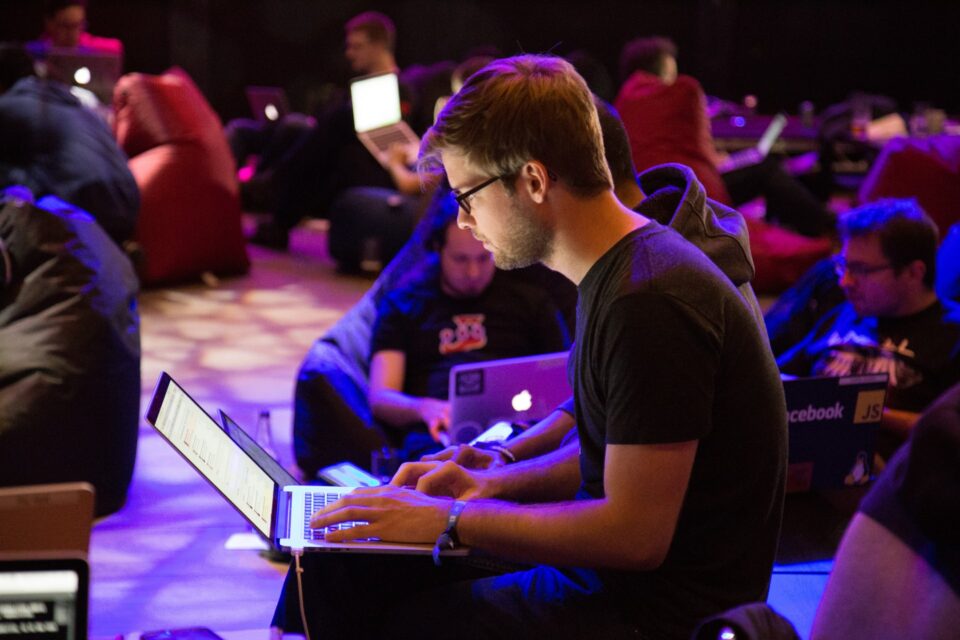First of all, as we’ve already mentioned, the Unity3D engine makes it possible to develop games without requiring any special knowledge. It uses a component-based approach, where a developer creates objects (for example, the main character) and adds various components to them (such as visual representation of the character and ways to control him).
Thanks to the user-friendly Drag & Drop interface and functional graphical editor, the engine allows you to draw maps and arrange objects in real time and immediately test the result.
The second advantage of the engine is a huge library of assets and plugins that can be used to speed up the game development process. You can import and export them, add the whole blanks to the game – levels, enemies, AI patterns and so on. No programming hassle at all.
Many assets are available for free, others are offered for a small fee, and if you want you can create your own content, publish it on the Unity Asset Store, and profit from it.
The third strong point of Unity 3D – support for a huge number of platforms, technologies, APIs. You can easily port games created on the engine between Windows, Linux, OS X, Android, iOS, PlayStation, Xbox, Nintendo consoles, VR and AR devices.
Unity supports DirectX and OpenGL, works with all modern rendering effects, including the latest real-time ray tracing technology.
Solids, ragdoll and tissue physics, the Level of Detail system, collisions between objects, complex animations – all this can be implemented by the engine.
The stereotypical opinion that the engine is suitable only for small indie games and is incapable of producing a beautiful picture is no longer relevant: just look at the technodemos ADAM, The Blacksmith and Book of the Dead from the creators of Unity to be convinced of its outstanding abilities.
Finally, Unity is available for free, which opens the door to the game industry for independent developers. Of course, there are restrictions: the free version of the engine shows the Unity logo before launching the game, and the project created with it must not bring the developer more than $100 thousand a year.
However, subscription rates will not devastate the wallets of even the novice team: the Pro-version costs $150 per month, which is not so much compared to other engines, and the basic version contains exactly the same functionality as the professional one.

